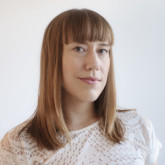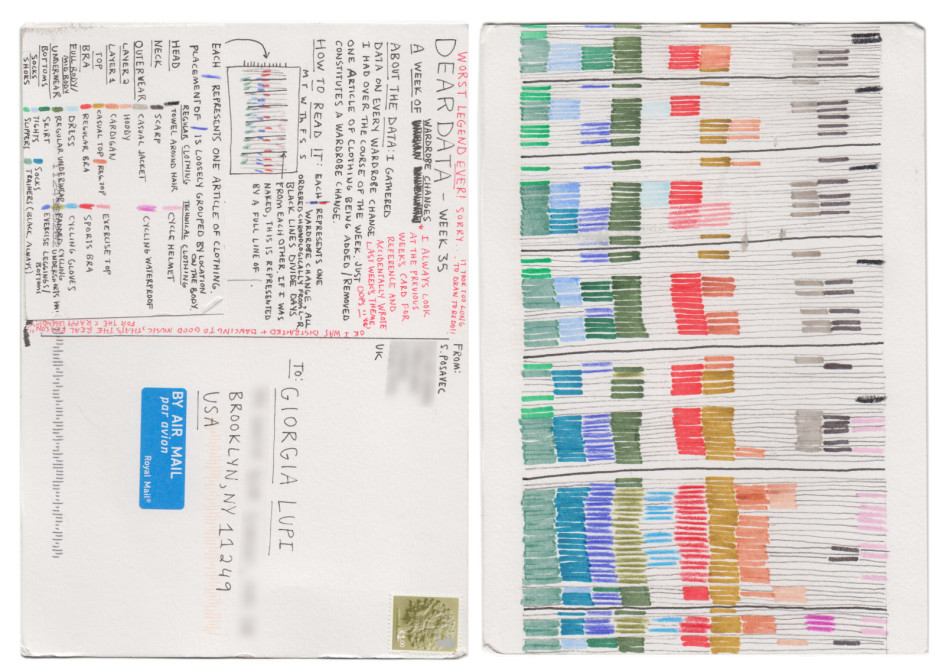Data is the raw material from which a range of outputs such as data visualisation, information graphics, and data-driven artworks are created. However, this material is often dealt with digitally and rarely engaged with in a tangible, physical way. How would your approach and sensibility within a data project change if you started by working with charcoal and paper instead of code and screens?
For this workshop, data is our model on the plinth, and we’ll explore ways of using traditional methods and materials as a starting point for creating data-driven visual systems.
We’ll think about the creation of a generative system through using a handmade design process, where you (and all your imperfections) are the computer/compiler, but these imperfections are a help, not a hindrance.
We’ll also be thinking about ways of communicating data that are more emotive and textured than traditional visualisation methods and explore variability in mark-making and material as a way to communicate information, navigating that fine balance between aesthetic and legibility considerations.
By the end of this workshop, you’ll have access to a different starting process for working with data and shaping its aesthetic (even if you move onto your computer / into code at a later point!)

Stefanie Posavec is a designer for whom data is her material of choice. Her work focuses on the visual or physical representation of data derived from language, literature, or scientific topics, often using a handcrafted approach, and has been exhibited internationally at major galleries including at the Museum of Modern Art (New York), Centro Cultural Banco Do Brasil (Rio de Janeiro), the Victoria & Albert Museum, Southbank Centre, and Somerset House (London). Recent projects include Dear Data, a year-long drawing project with Giorgia Lupi (based in NY) where every week they got to know each other better by gathering and drawing data on a postcard to send to the other.
stefanieposavec.co.uk
dear-data.com
